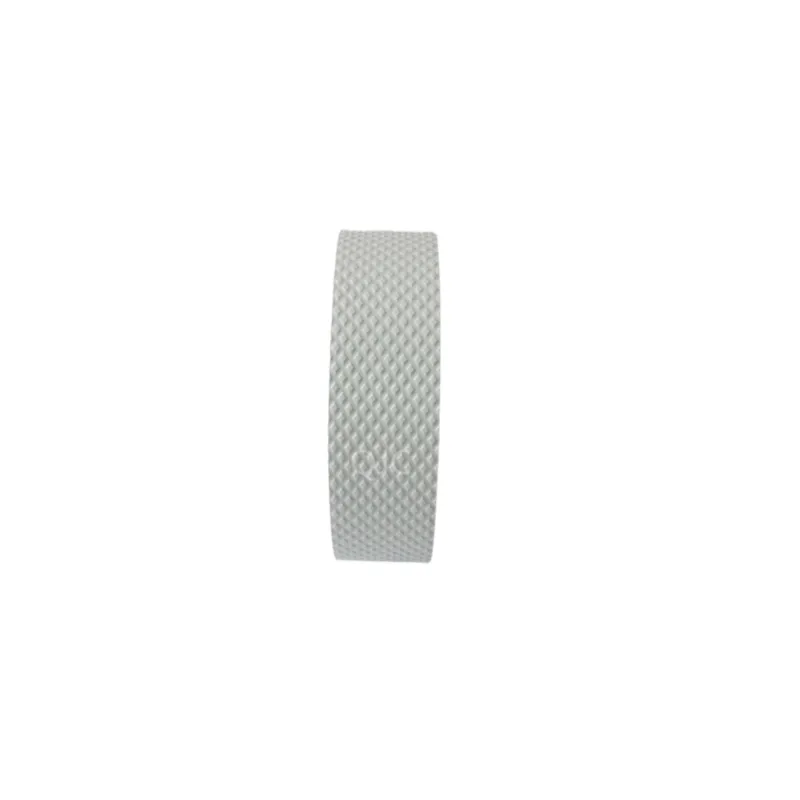Understanding 10mm Intumescent Strips Their Importance in Fire Safety
Intumescent strips are essential components in modern construction and fire safety design. Among various options available, the 10mm intumescent strip stands out for its effectiveness in enhancing fire-resistant features of barriers, doors, and windows. This article delves into the significance, functionality, and applications of these seemingly simple yet crucial fire protection products.
What are Intumescent Strips?
Intumescent strips are made from materials that undergo a chemical expansion when exposed to high temperatures, typically associated with fire. When heated, these strips expand and form a charred, insulating layer that seals gaps, preventing the spread of fire, smoke, and harmful gases. The 10mm intumescent strip specifically measures 10 millimeters in width, making it ideal for various applications in both commercial and residential buildings.
How Do They Work?
The functionality of a 10mm intumescent strip is relatively straightforward yet highly effective. Under normal conditions, the strip remains compact and unobtrusive, fitting snugly into the allocated space around doors and windows. However, when a fire occurs and temperatures rise, the material begins to expand rapidly. This expansion can reach up to several times the original width of the strip, effectively sealing off areas that would otherwise let flames and smoke infiltrate, providing critical time for evacuation and minimizing property damage.
The Importance of Thickness
The thickness, or in this case, the width of 10mm, is vital in ensuring that the strip performs effectively during a fire. A strip that is too thin may not provide adequate sealing in the event of a blaze, allowing smoke and heat to pass through. Conversely, a 10mm strip strikes a balance between being robust enough to expand significantly and ensuring that it fits well in standard door and window frames.
Applications of 10mm Intumescent Strips
10mm intumescent strip

1. Fire Doors One of the most common applications of 10mm intumescent strips is in fire doors. These doors are designed to resist the spread of fire for a specified period, and the intumescent strips help seal the gaps around the door, ensuring that fire and smoke cannot penetrate easily.
2. Windows Similarly, in the context of windows, these strips can be applied to the frames to enhance their fire resistance. By doing so, even if the glass breaks during a fire, the expanding strip helps to contain the fire and smoke within the room.
3. Curtain Wall Systems In larger buildings, curtain wall systems often have many joints and spaces that need fire sealing. The 10mm intumescent strip can be integrated into these systems to maintain the overall fire integrity of the facade.
4. Ducts and Vents In HVAC systems, intumescent strips can be used in ductwork to limit fire movement from one area of the building to another. This is particularly important in creating fire compartments within a building.
Regulatory Compliance
Using 10mm intumescent strips not only enhances safety but also helps ensure compliance with local fire safety regulations and building codes. Many jurisdictions require certain fire-resistance ratings for buildings, and these strips can help meet those standards. They are often tested and certified by recognized organizations, ensuring that they perform as promised in real-life fire conditions.
Conclusion
Incorporating 10mm intumescent strips into fire safety systems is a smart and effective strategy for enhancing building protection against fire hazards. Their ability to expand under heat and seal openings plays a crucial role in life safety and property protection. As fire safety regulations continue to evolve, the importance of reliable fire-stopping measures like intumescent strips will only increase. As such, understanding their applications, effectiveness, and benefits is fundamental for architects, builders, and homeowners alike. Investing in quality fire safety solutions, such as 10mm intumescent strips, is not just a regulatory obligation but a proactive step toward ensuring safety and peace of mind in any built environment.
-
XIANGFAN Rubber Tape-Ultimate Solutions for All Your Insulation NeedsNewsJun.24,2025
-
XIANGFAN Rubber Tape-Protection for Industrial and Residential ApplicationsNewsJun.24,2025
-
XIANGFAN Rubber Tape: Superior Safety and Sealing for Demanding EnvironmentsNewsJun.24,2025
-
XIANGFAN Rubber Tape: Reliable Solutions for Every Electrical ChallengeNewsJun.24,2025
-
XIANGFAN Electrical & Industrial Tape: Powering Reliability Across IndustriesNewsJun.24,2025
-
XIANGFAN Electrical & Industrial Tape: Excellence in Every ApplicationNewsJun.24,2025
